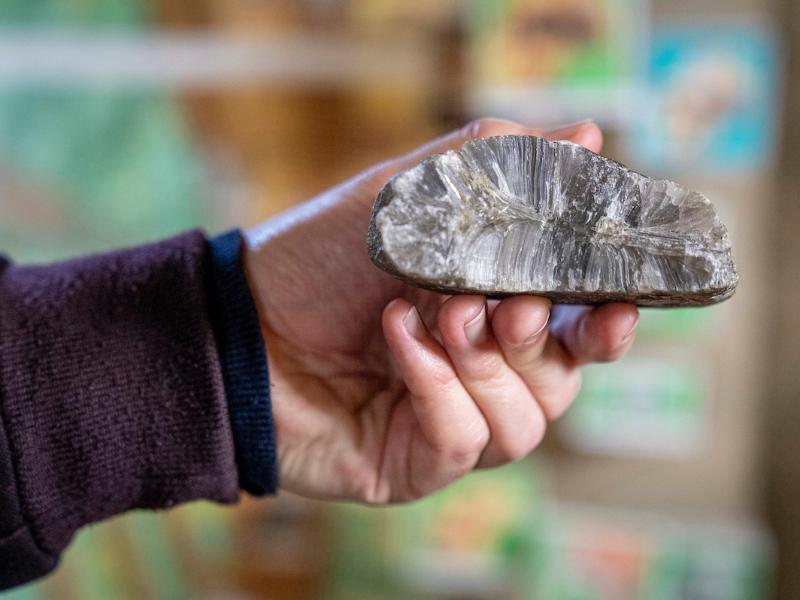Home / Itineraries /
The charms of nature in the Zena Valley
Updated on 13 December 2023

There is a valley in the Bolognese Apennines where nature seems to have wanted to give visitors testimonies of rare beauty and singularity of its continuous flow and change. It is the Val di Zena, a land of waters, myths, natural phenomena and fascinating discoveries that also exalted the genius of the great speleologist and paleontologist Luigi Fantini.
Botroidi Museum
It is precisely with a testimony to Fantini's valuable work that the itinerary opens with the first stop at the Botroidi Museum. The building stands in the locality of Tazzola, in the municipality of Pianoro: an ancient hamlet dating back to 1100, along the splendid path that connects Zena Castle to Monte delle Formiche. Restored in raw earth, the museum houses an extensive collection of "botroidi", the fascinating anthropomorphic- or animal-looking stones collected by the pioneer of speleology in the early 1900s along the Zena River. Stones formed in the ancient yellow sand that two million years ago was part of the beach of the sea, which have come down to us.
The Whale of the Zena Valley
A few kilometers from the museum, taking a small detour, you can reach the locality of Gorgognano where in 1965, a farmer working in a field incredibly found the remains of a whale about 9 meters long dating back to the Pliocene (between 2 and 5 million years ago) that had gone to beach on the shoreline of what was the Intra-Apennine Basin. The extraordinary event is commemorated at the site of the discovery by a striking monument to the whale created by students of the Accademia di Belle Arti in Bologna. The fossil remains of the ancient cetacean are, however, preserved and visible at the "Giovanni Capellini Museum" in Bologna.
The Castle of Zena
Returning to the main road (along Via Zena), it is possible to admire, unfortunately only from the outside, the Zena Castle, built at the foot of Monte delle Formiche, whose origins are lost in the last centuries before the year 1000. According to available information, in Matildic times Zena was a significant fortified village, a function evidenced by the remains of the towers and the parade hall, and in later centuries it became the home of important Bolognese families. In more recent times, the building has experienced periods of decay and renovation and modernization that have profoundly changed its appearance. However, a feeling of dignified beauty and a certain aura of mystery persist in its presence.
The Monte delle Formiche and the parish church of Santa Maria di Zena
The parish church of Santa Maria di Zena is one of the oldest in the Bologna area and is also known by the popular name of the sanctuary of Monte delle Formiche. Considered one of the most characteristic places of Marian worship, according to historical reports it stands where there was a Christian church since 1078, probably built on a site consecrated to pagan deities. The present church (rebuilt in the middle of the last century following damage sustained in the last war) with its large portico and original bell tower dating back to 1727, is also known for the fascinating and mysterious natural phenomenon that, since ancient times, every year in the first days of September, sees swarms of winged ants arrive on the summit of the mountain for their nuptial flight, which, once mated, go to die by the hundreds of thousands in the area of the sanctuary. A spectacle of great fascination that is accompanied by rituals of a religious nature that are still very much felt and followed today.
Duration: 24 hours
Interest: Art & Culture
Target audience: Family